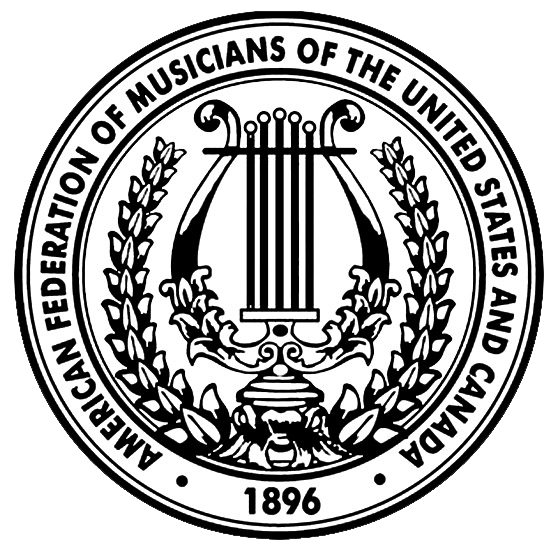Flying with your instrument
Carry On Your Instrument
Airlines are required to allow musicians to carry on instruments if there is room on the flight and instruments fit safely in overhead compartments or under seats. Board your flight as early as possible since overhead compartments are distributed on a first come basis. Once an instrument is stowed in-cabin, it cannot be removed or be replaced by other passengers’ items. The reverse is also true—airlines are not required to remove other passengers’ items to make room for your instrument. Read the U.S. Department of Transportation (DOT) regulation here.
In Canada, please see Flying With Instruments in Canada.
Carry On Your Larger Instrument
For instruments too large for overhead compartments, you may be able to carry on these instruments if you book a seat as “seat baggage” or “cargo in passenger cabin.” Airlines are not required to allow you to book a seat for your large instrument, but some airlines will permit you to do so for a fee. Fess can be equal to the cost of your ticket. Read the U.S. Department of Transportation (DOT) regulation here. The major airlines policies are below.
In Canada, please see Flying With Instruments in Canada.
Major Airline Policies
Air Canada
Large Instruments Policy
Musical Instruments Policy
Complaints
Checked Luggage Policy
Carry-On Policy
Alaska Airlines
Large Instruments Policy
Musical Instruments Policy
Complaints
Checked Luggage Policy
Carry-On Policy
Allegiant Air
Large Instruments Policy
Musical Instruments Policy
Complaints
Checked Luggage Policy
Carry-On Policy
American Airlines
Large Instruments Policy
Musical Instruments Policy
Complaints
Checked Luggage Policy
Carry-On Policy
Delta Air Lines
Large Instruments Policy
Musical Instruments Policy
Complaints
Checked Luggage Policy
Carry-On Policy
Frontier Airlines
Large Instruments Policy
Musical Instruments Policy
Complaints
Checked Luggage Policy
Carry-On Policy
Hawaiian Airlines
Large Instruments Policy
Musical Instruments Policy
Complaints
Checked Luggage Policy
Carry-On Policy
JetBlue
Large Instruments Policy
Musical Instruments Policy
Complaints
Checked Luggage Policy
Carry-On Policy
Southwest Airlines
Large Instruments Policy
Musical Instruments Policy
Complaints
Checked Luggage Policy
Carry-On Policy
Spirit Airlines
Large Instruments Policy
Musical Instruments Policy
Complaints
Checked Luggage Policy
Carry-On Policy
United Airlines
Large Instruments Policy
Musical Instruments Policy
Complaints
Checked Luggage Policy
Carry-On Policy
Checking Your Instrument as Baggage
Airlines must allow you to check instruments in the baggage hold if the sum of the length, width, and height of exterior case dimensions do not exceed 150 inches and the weight does not exceed 165 pounds. Some airlines will permit instruments exceeding these limitations, but you may be required to pay “oversize” fees. The major airlines policies are above.
Problems at the Airport
You do have a right to carry on your instrument if there is room and it fits safely, but staff are primarily concerned with safety and security—not your instrument. If you encounter any issues:
- Calmly state and show the federal regulation here and your airline’s policy for carrying on musical instruments. Links to the major airlines are above.
- Suggest placing the instrument in the rear of the aircraft or securing the instrument with cords provided by the airline.
- If necessary, immediately ask to deplane so that you can resolve this matter. Remember that you have approximately 15 minutes to resolve this issue before the plane backs away from the gate.
- If you have a problem flying with your instrument, please file a complaint by following steps below.
Filing Complaints
If you have a problem flying with your instrument, please submit a complaint to the airline and the U.S. Department of Transportation (DOT). The DOT will most likely not respond to you, but it is critical that they are made aware of incidents so they may hold airlines accountable and possibly enhance regulations in the future.
- File a complaint with the airline. You will need your ticket number/record locator, flight numbers, origin and destination cities, and dates of travel. Stick to the facts and try to keep it as brief as possible. Links to the major airlines are above.
- Complete the DOT’s web form here. You will need your ticket number/record locator, flight numbers, origin and destination cities, and dates of travel. Stick to the facts and try to keep it as brief as possible.
